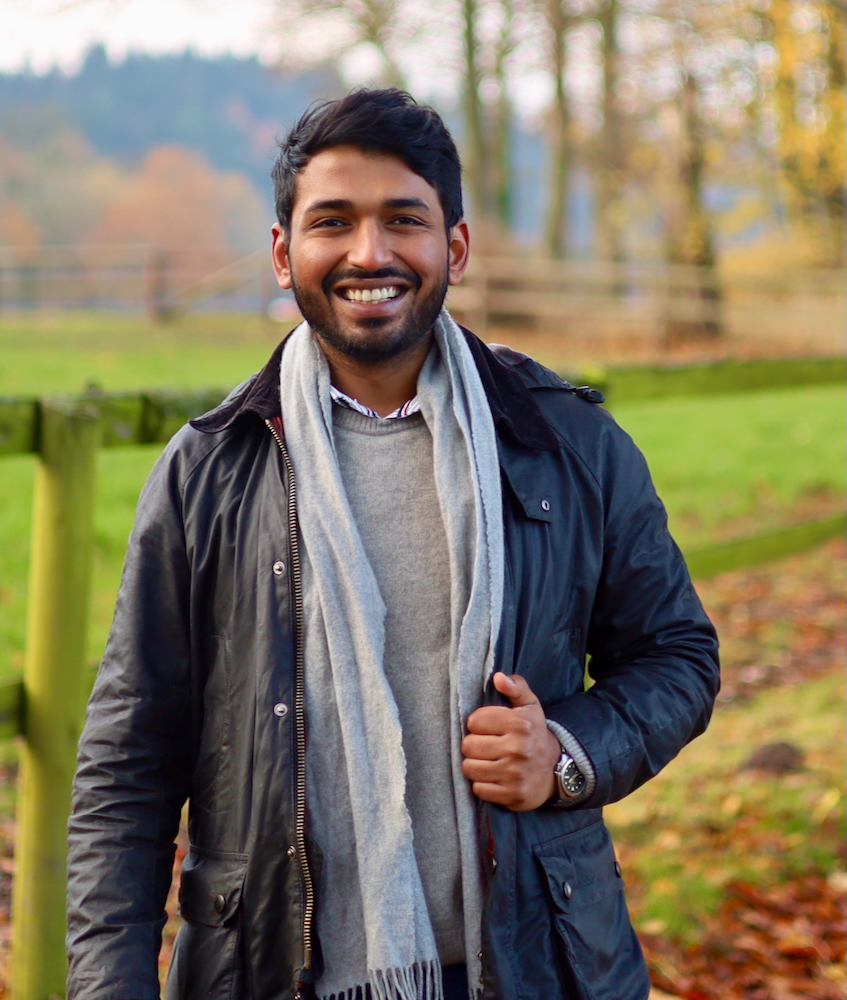In a nutshell
I’m a postdoctoral researcher at Harvard Medical School, working in the Sander Lab (along with the Marks Lab) on developing AI methods for early clinical disease risk assessment and for developing data-driven understanding of cellular processes, especially pertaining to cancer using perturbation biology methods.
My work combines ideas from statistical physics and machine learning to better understand how complex structure and function emerge from noisy high-dimensional biological data - bridging scales from single cells to healthcare outcomes!Before joining Harvard, I was a postdoctoral researcher at the Max Planck Institute of Molecular Physiology in Dortmund and at the Institute for Artificial Intelligence in Medicine (IKIM) in Essen in the respective groups of Sidney Becker and Johannes Köster. I led an interdisciplinary project on next-generation epitranscriptomic and epigenetic sequencing for de-novo detection of RNA and DNA modifications and for their use as early clinical biomarkers. A particular focus of my work was on inverse sequential problems with uncertainty estimation and the implementation of scalable, reproducible end-to-end workflows – from raw experimental data to clinically relevant insights.
I completed my PhD in Statistical Physics and Machine Learning at the Institute for Theoretical Physics at the Georg-August-Universität Göttingen, within the IMPRS-PBCS, supervised by Prof. Dr. Peter Sollich. My doctoral research centred on theory and applications of non-equilibrium statistical field theory and ML for memory-based inference in stochastic biochemical networks in the regime of large intrinsic noise. I developed methods that integrate past information to predict accurate system dynamics, reveal hidden structure, and detect boundaries in (partially) observed bio-chemical reaction networks. During this time, I also supervised students at various levels and took full responsibility for their research projects from design to evaluation.
Feel free to explore my publications or reach out to forge new collaborations – I’d be happy to connect. I’m especially drawn to problems where theory and data-driven applications meet, and where methods developed in physics and AI can help us ask and answer better questions about biology.
Research Experience
Specialist Postdoctoral Research Fellow
Harvard Medical School
Harvard University
2025 – present

Postdoctoral Research Associate
Technical University Dortmund (MPI Dortmund) /
University of Duisburg-Essen (IKIM)
2024 – 2025


Predoctoral Research Associate
Institut für Theoretische Physik,
Georg-August-Universität Göttingen
2020 – 2024
IMPRS-PBCS Graduate School
Grade: Magna cum Laude
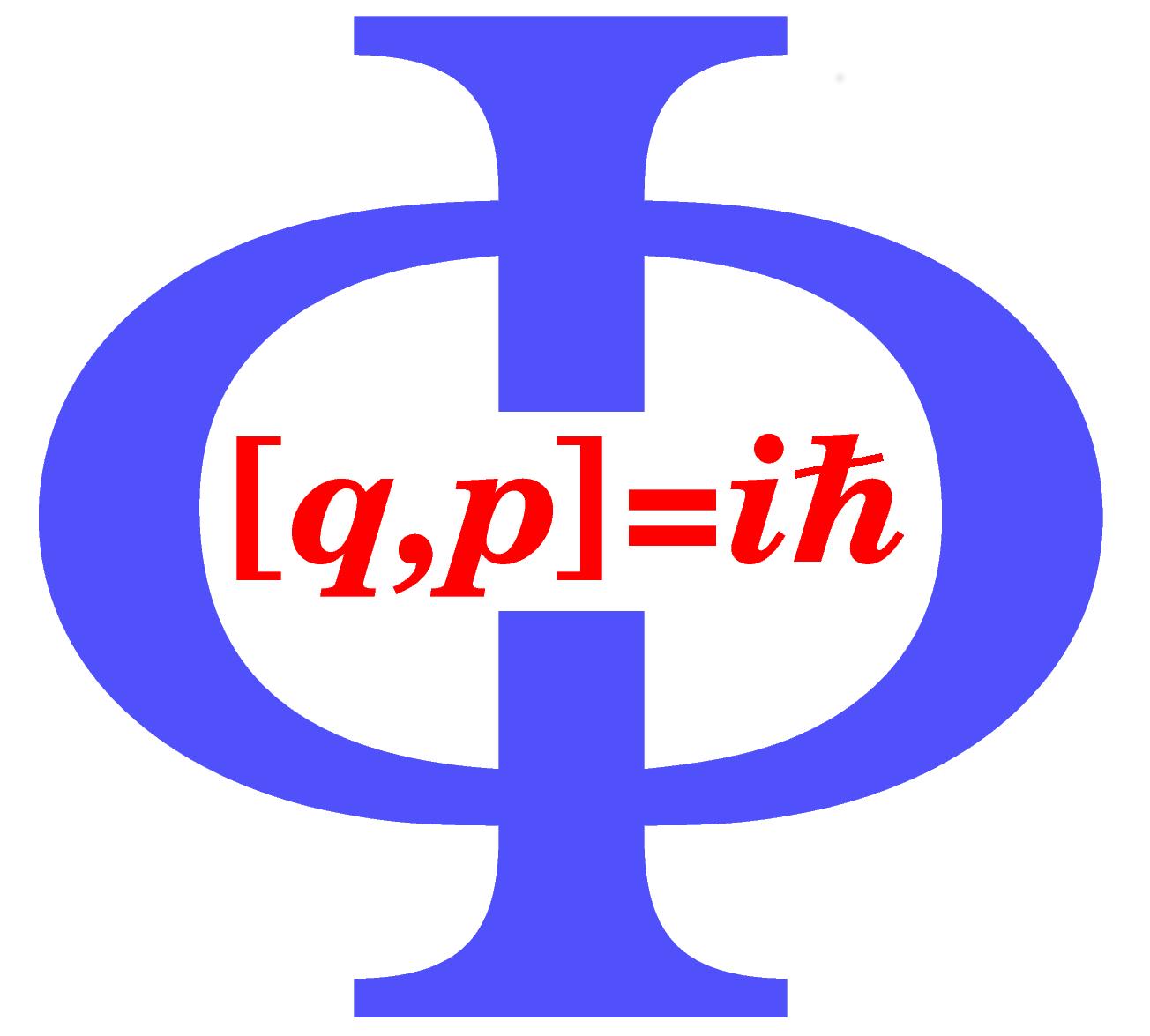
Master’s Year 2 Stagiaire (Research Intern)
Laboratoire Matières et Systèmes Complexes,
Université Paris Diderot, Paris
2019
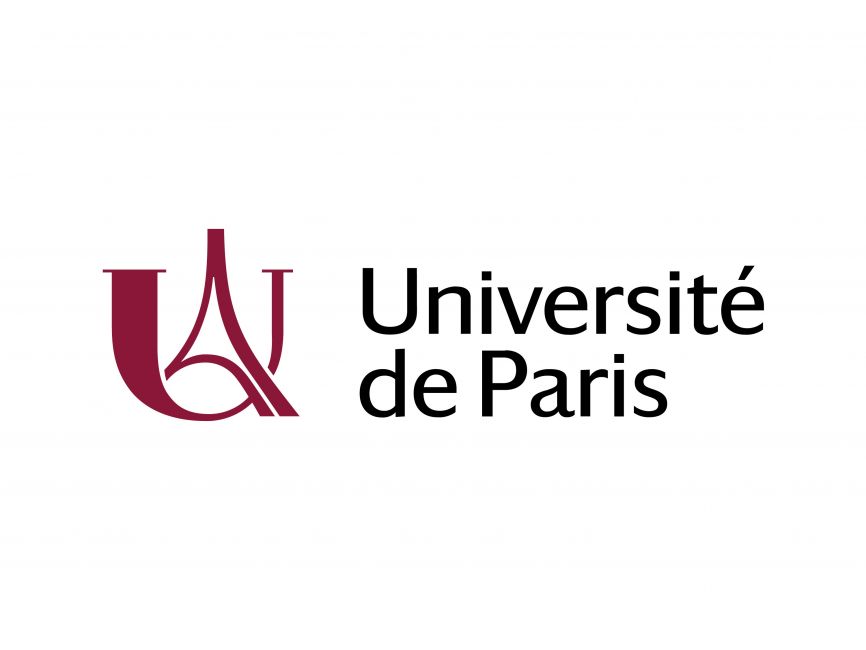
Master’s Year 1 Stagiaire (Research Intern)
Laboratoire de Physique Théorique,
École Normale Supérieure (ENS), Paris
2018
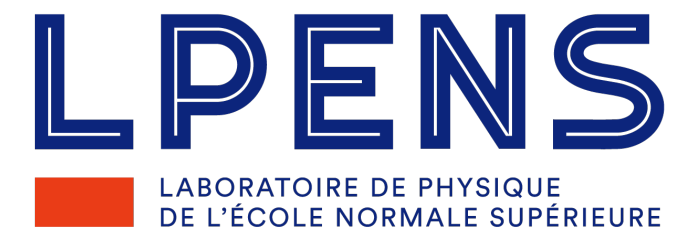
Summer Research Intern
DESY Hamburg
2017
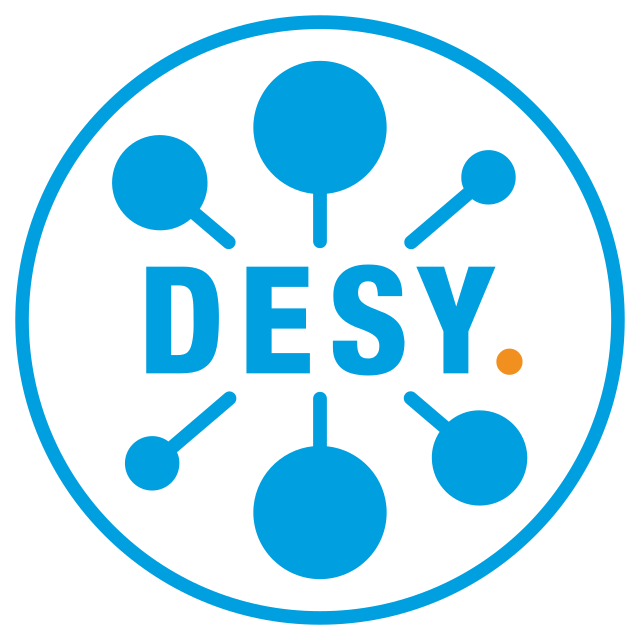
Bachelor’s Thesis (Research Trainee)
European Molecular Biology Laboratory (EMBL), Heidelberg
2016
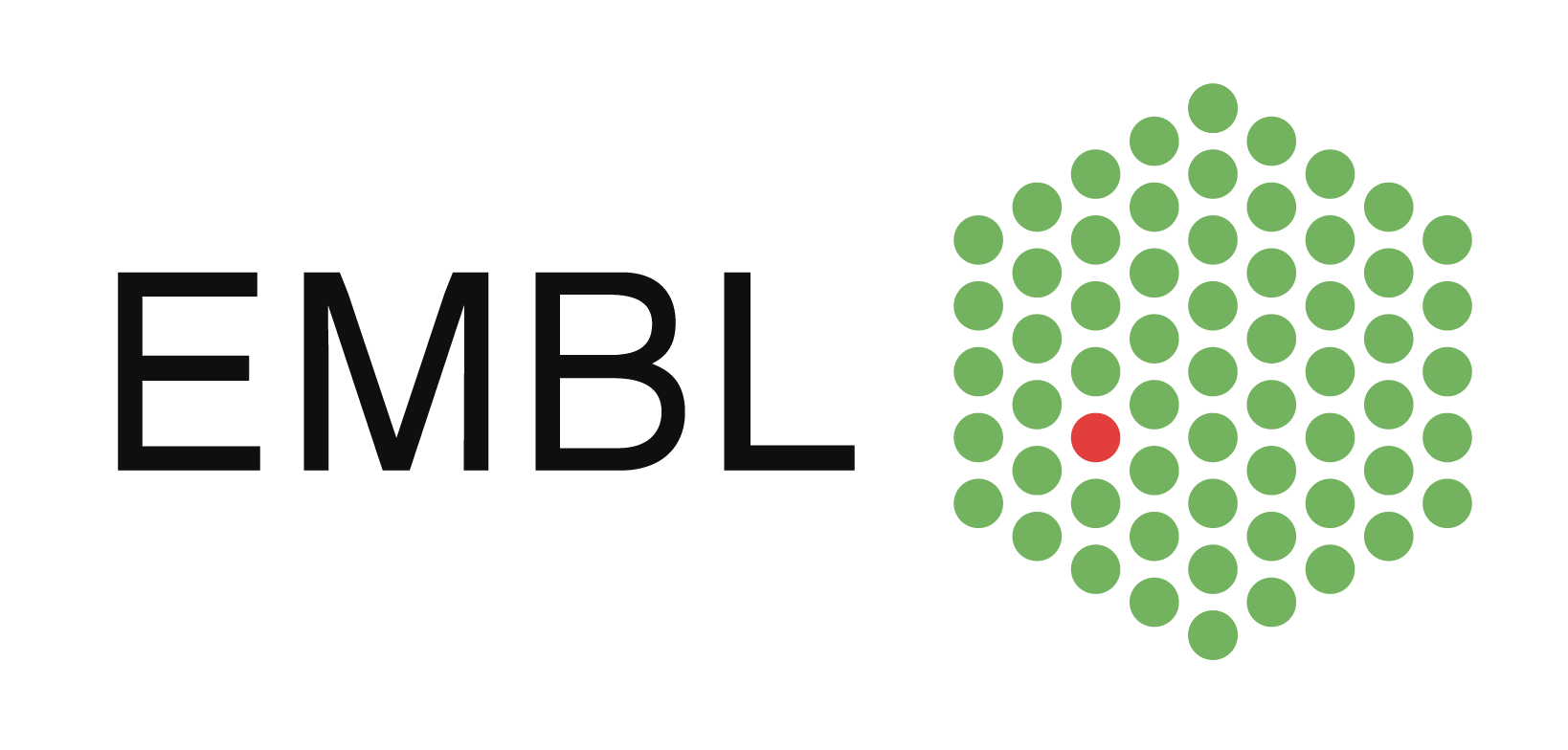
Research Intern
Nano-bio-photonics group,
Indian Institute of Science, Bangalore
2015
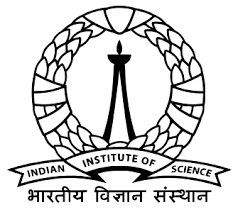
Education
PhD in Theoretical Physics
Georg-August-Universität Göttingen
2020–2024
Grade: Magna cum Laude
Thesis: Dynamics and Machine Learning Inference using Memory in Stochastic Biochemical Reaction Networks
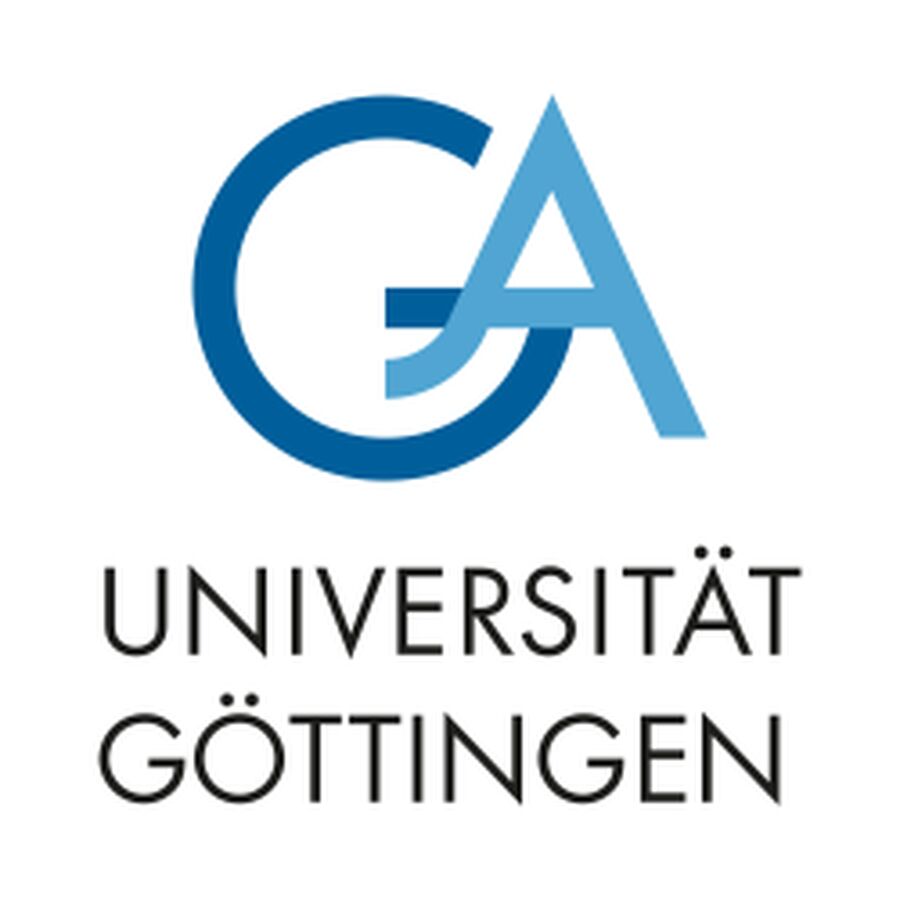
MSc in Fundamental Physics
Ecole normale supérieure, Paris
2017–2019
Grade: Trés Bien
Thesis: 'Place-cell' emergence and learning of invariant data with restricted Boltzmann machines: breaking and dynamical restoration of continuous symmetries in the weight space
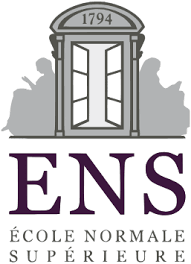
BSc (Research) in Physics and Biology
Indian Institute of Science, Bangalore
2013–2017
Grade: Distinction

Publications
Nov 22, 2024
Authors: Moshir Harsh, Leonhard Götz Vulpius and Peter Sollich
Oct. 19, 2023
Authors: Moshir Harsh, Leonhard Götz Vulpius and Peter Sollich
Oct 20, 2023
Authors: Moshir Harsh and Peter Sollich
Jan 1, 2020
Authors: Moshir Harsh, Jérôme Tubiana, Simona Cocco, and Rémi Monasson
Recent News
New Position at Harvard Medical School
Boston: May 12, 2025
This month, I moved to Boston, USA, to join the Sander Lab at Harvard Medical School as a
postdoctoral researcher. I'm excited to work at the interface of AI, computational biology
and statistical physics, to understand clinical risk and physiological basis of cancer and other diseases.
Advanced German Language Proficiency B2 certificate
Hannover: Sep 04, 2024
Pleased to announce that after a difficult examination,
I received the Goethe-Zertifikat B2 certificate, demonstrating my Business professional proficiency in German.
I am committed to continually improving my German language skills and am currently preparing for the C1 exam.
New Role: Postdoc & Data Scientist
Dortmund and Essen: Oct 1, 2024
I began a new postdoctoral position split between the Max Planck Institute of Molecular Physiology
and the Institute for Artificial Intelligence in Medicine. My focus is on de-novo statistical methods for
epigenetic/epitranscriptomic
sequencing - an exciting opportunity to work across
disciplines and connect theory with biomedical applications.
Graduation Ceremony
Göttingen: 26 Apr, 2024
After completing my PhD in Statistical Physics at the University of Göttingen within the International
Max Planck Research School, I took part in the traditional Gänseliesel ceremony, where new PhDs
place flowers and kiss the Goose girl statue in the city centre. The event marked the official end of my
doctoral studies and offered a moment to reflect on the support and supervision I received, especially
from Prof. Peter Sollich and my colleagues.
Annual Meeting of DPG
Berlin: Mar 17–Mar 22, 2024
For the second time, I had the opportunity to attend this conference, learn and exchange ideas. The
subject of my presentation was a physics-inspired machine learning method to detect boundaries in
partially observed networks. I especially enjoyed the discussions on statistical physics of complex
systems and the session on political systems.
Physics of Complex Systems and Global Change
Les Houches: March 10–15, 2024
Just back from an inspiring conference at the École de Physique des Houches on global transformation processes,
with a focus on climate change and sustainability.
I presented my work on modelling intrinsic noise in small-population ecological networks,
offering a more accurate approach to predicting extinction risks.
We discussed the reliability of the mathematical models underlying our current understanding of climate change and IPCC emission scenarios,
and explored how new theoretical tools—beyond classical extreme value statistics—can better capture extreme climate events.
Grateful for the chance to contribute and learn.
PhD Defense
Georg-August-Universität Göttingen: Feb 28, 2024
Graduating with the grade Magna cum Laude, I successfully defended my PhD in Dynamics and Machine Learning Inference using Memory in Stochastic Biochemical Reaction Networks.
International Max Planck Research School Excellence Fellowship
Nov 2021
I am grateful to have been awarded the International Max Planck Research School Excellence Fellowship to further enhance my doctoral research.
Address
Harvard Medical School
Dr. Moshir Harsh210 Longwood Avenue
Armenise Building, 6th Floor
Boston, MA 02115
United States
Max Planck Institute
Dr. Moshir HarshOtto-Hahn-Str. 11
Max Planck Institute of Molecular Physiology
44227 Dortmund
Germany
Harvard Medical School
Dr. Moshir Harsh
210 Longwood Avenue
Armenise Building, 6th Floor
Boston, MA 02115
United States
Max Planck Institute
Dr. Moshir Harsh
Otto-Hahn-Str. 11
Max Planck Institute of Molecular Physiology
44227 Dortmund
Germany
